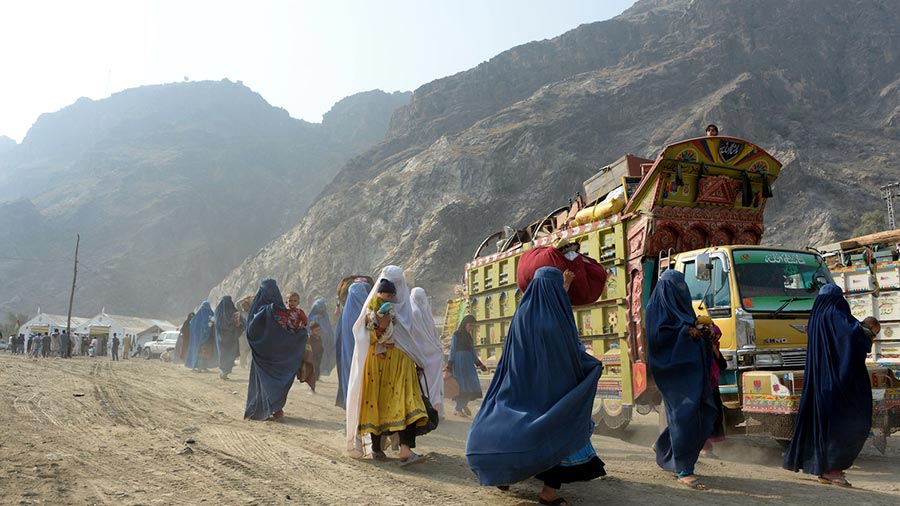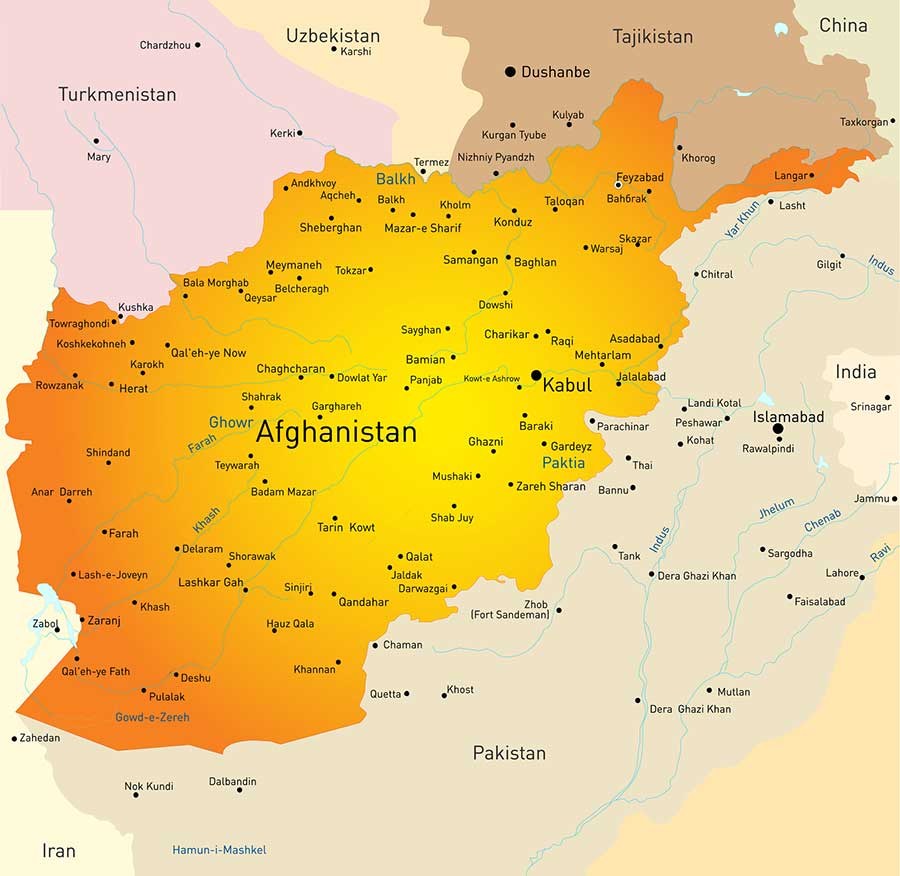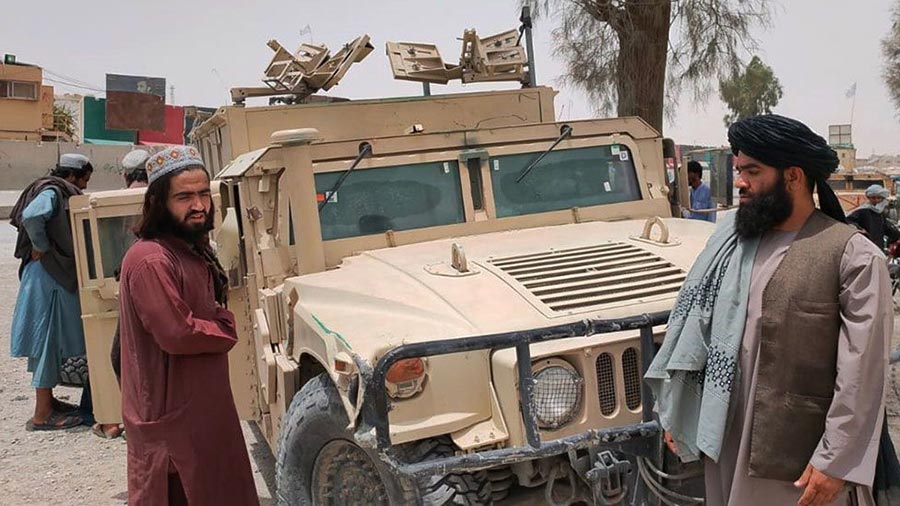Central Asian Nations Now Building Refugee Camps For Fleeing Afghan Nationals

US and NATO military departure turning into a regional human catastrophe
With security in Afghanistan worsening by the day, authorities in Central Asia have started constructing camps for the thousands of refugees that they expect to flee over the border to escape the Taliban.
The threat posed by the Taliban’s march through Afghanistan dominated a summit of the five Central Asian leaders in Avaza on Turkmenistan’s Caspian Sea coast this week, subsequently releasing a statement saying that a swift resolution to the fighting in Afghanistan was the “key factor for preserving and strengthening security and stability in Central Asia”.
The Taliban now control all of Afghanistan’s borders with Iran and Tajikistan, most of the border area with Uzbekistan and several borders with Pakistan. Afghan refugees from the border with Iran have been making their way into Turkey. Russian and Uzbek forces have also completed the active phase of joint military maneuvers near the Afghan border as scheduled. Russia had said the drills would involve 1,500 troops. Both countries are nervous that a worsening security situation in Afghanistan could spill over into Central Asia. The Taliban have now captured the key Afghan city of Pul-e-Khumri, just 140 miles north of the capital Kabul, giving the insurgents control of a strategic road junction linking Kabul to the north and west and cutting off supplies. The capital is expected to fall within the next few weeks. US and NATO troops began leaving just a month ago stating the Afghanistan Army were militarily secure.

Tajikistan, Uzbekistan, and Turkmenistan have mobilized their armies over the past couple of months as the Taliban has captured much of Afghanistan following the withdrawal of US forces. Its conquests include Kunduz, the capital of Badakhshan, the province that borders Tajikistan. The Wakhan corridor leading to the Chinese border at Xinjiang is part of Badakhshan Province.
Tajik President Emomali Rakhmon said that the Taliban now control all their shared border. “Regrettably, the Taliban has taken control of the entire length of the border with our country,” he was quoted as saying at the summit. The Taliban has said that it will not attack Central Asia, but people have been fleeing. The Taliban has reimposed its harsh version of Sharia law over areas that it now controls.

Taliban troops capture Kunduz near the Tajik border. It is pertinent to ask where and how they obtained American military equipment such as this Humvee.
The Taliban has insisted that it has no designs on Central Asia and has made official contacts with both Uzbekistan and Turkmenistan as it casts itself as a government-in-waiting. Taliban officials met with China’s Foreign Minister last week.
But analysts argue that a growing security vacuum in the country can pose its own threat to Central Asia, as well as the region’s growing economic cooperation with Kabul.
The United States, which decided to pull troops out of Afghanistan in August after fighting a twenty-year war, stated yesterday from the Pentagon that “It’s their country to defend. This is their struggle” while late on Monday said it was up to Afghan security forces to defend the country.
In Tajikistan’s southern Khatlon district, media quoted an official as saying that work had started on a refugee camp. This follows a Tajik government statement that said that it expected up to 100,000 refugees. Last month, Tajikistan sent back to Afghanistan 350 ethnic Kyrgyz herders and their 4,000 livestock after the government in Kabul said it would guarantee their safety.
Winter starts early in Afghanistan, with the first snowfalls due towards the end of September. Temperatures in the border areas can drop to -20 with heavy snowfall.
Related Reading
About Us
Silk Road Briefing is written by Dezan Shira & Associates. The firm has 28 offices throughout Asia, and assists foreign investors into the region. For strategic advisory and business intelligence issues please contact the firm at silkroad@dezshira.com or visit www.dezshira.com





